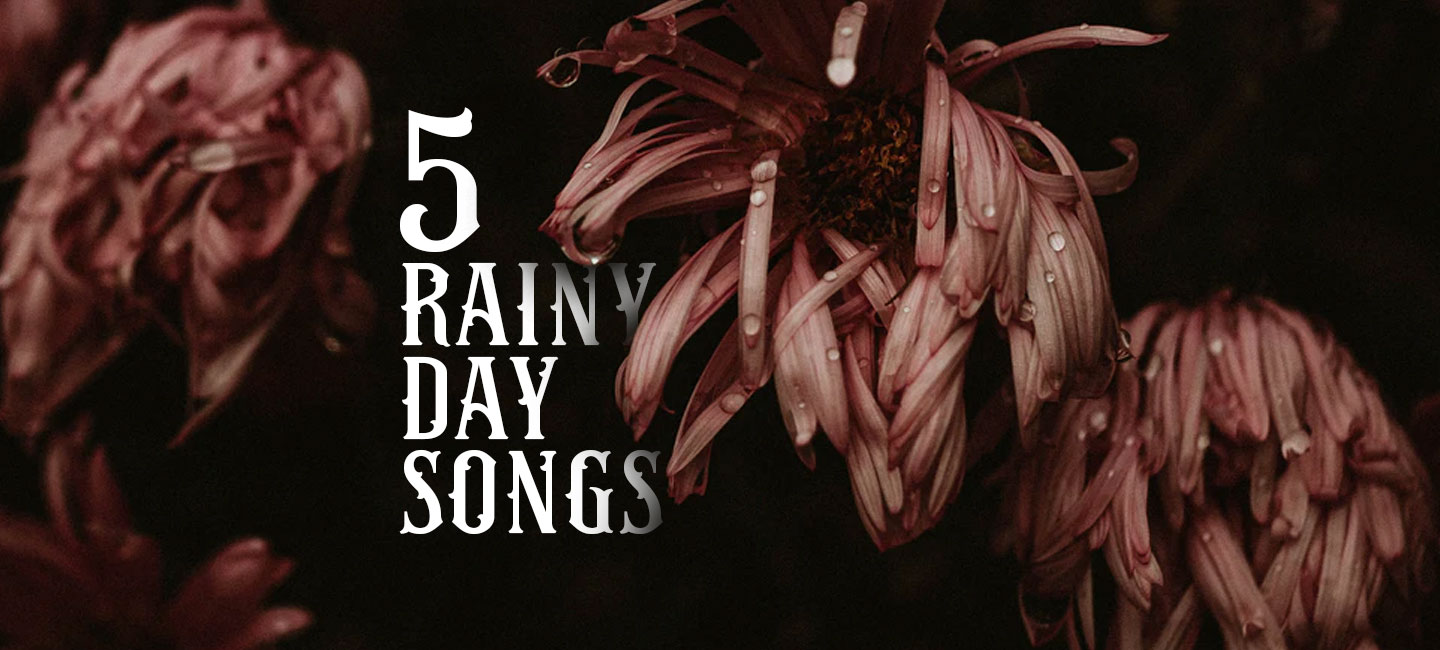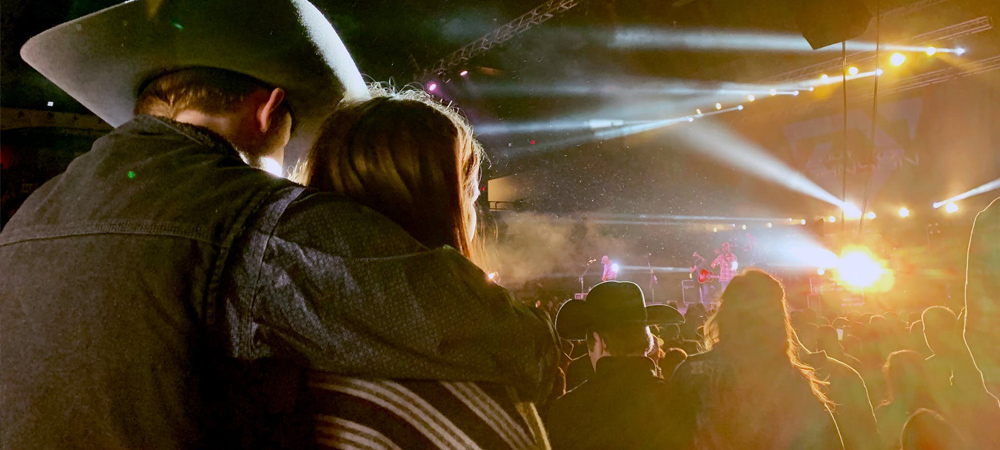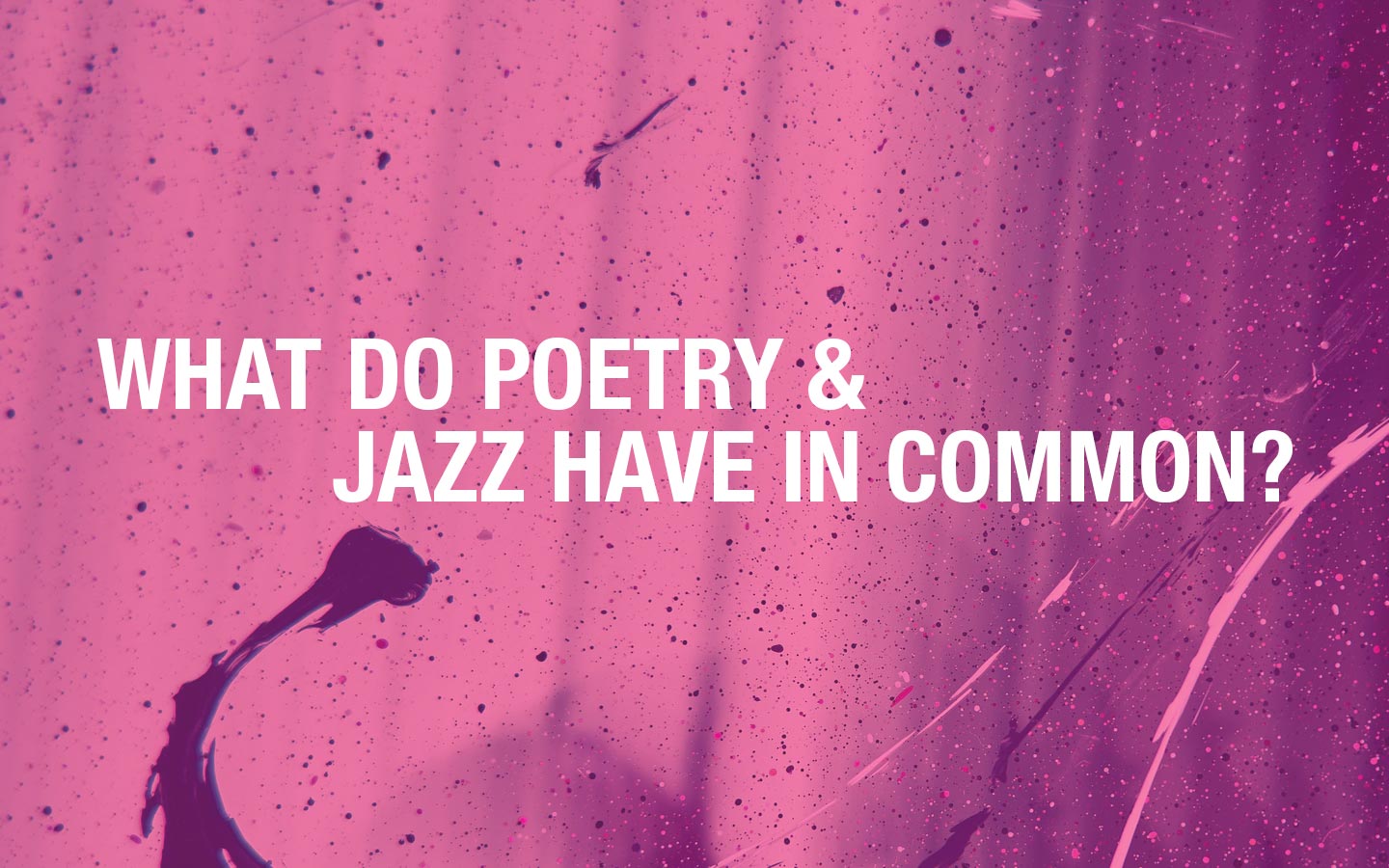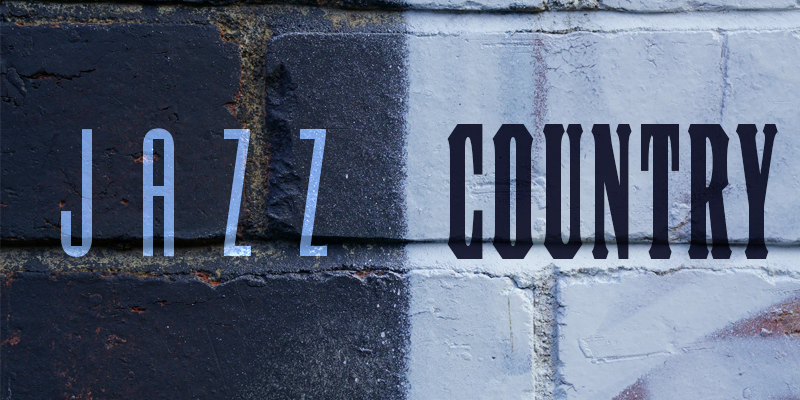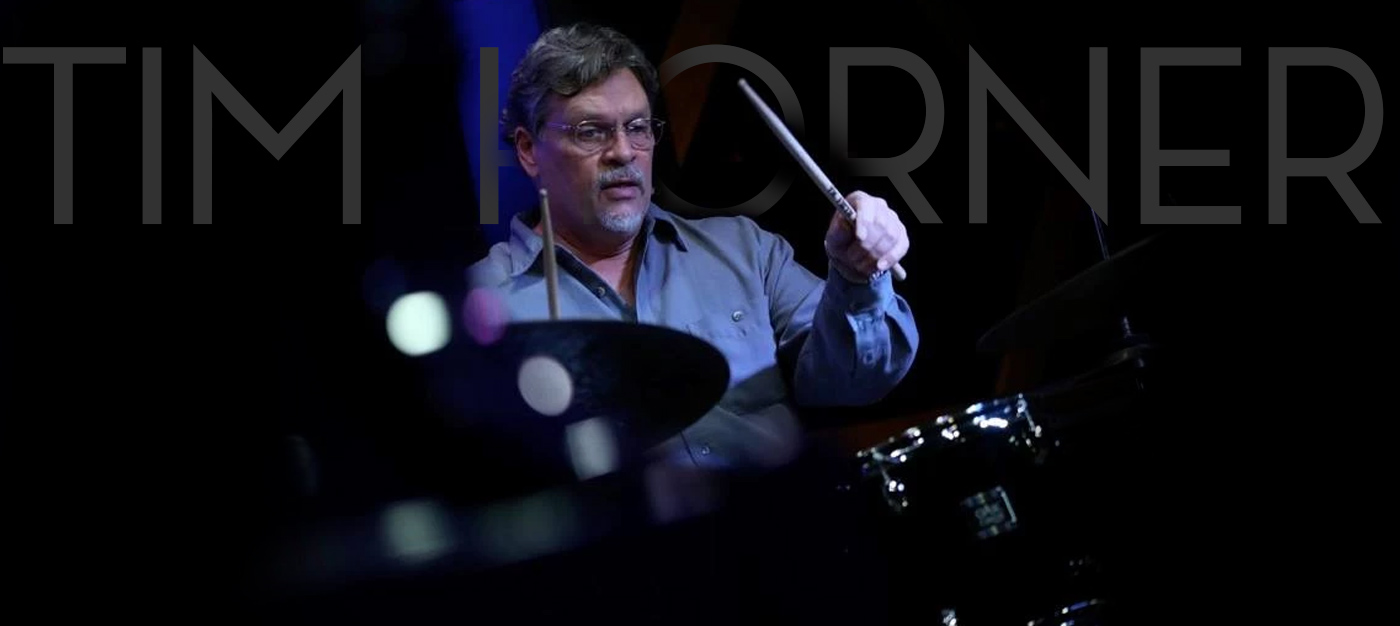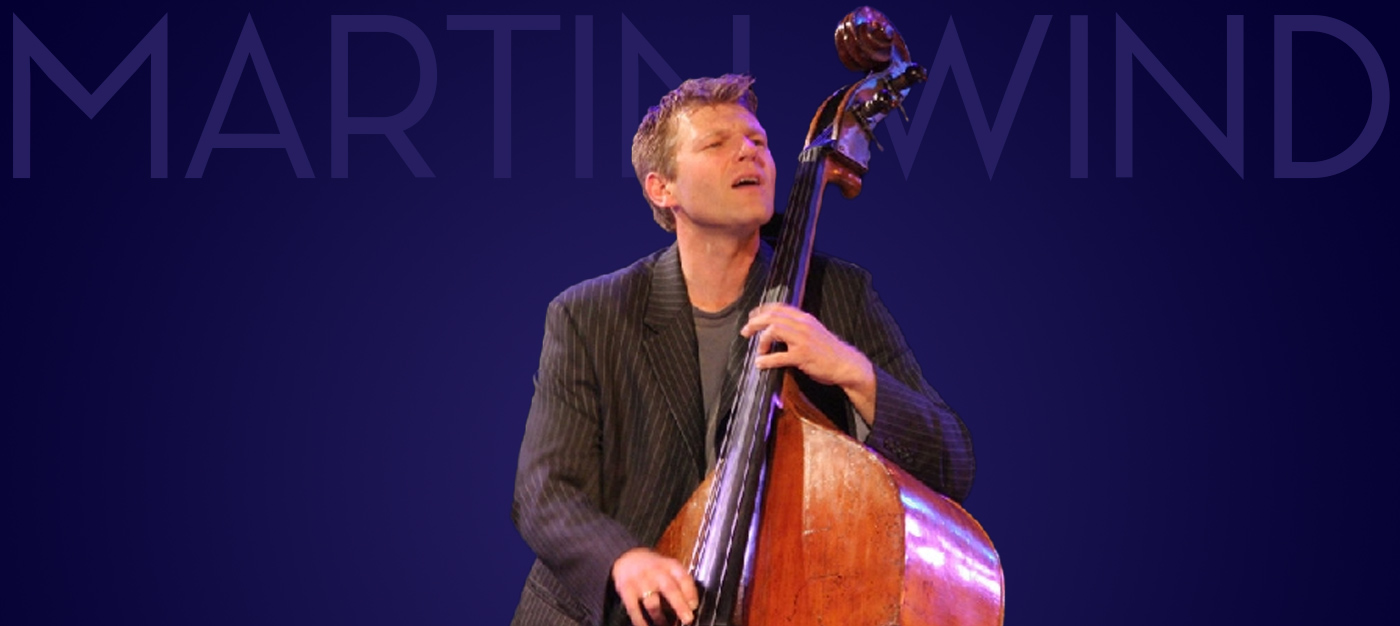Life is a Picnic! – Relaxing Tunes to Listen to on National Picnic Day
With the unpredictability of the weather nowadays, we have to seize any opportunity we can to go outside and have a picnic. So, in honor of National Picnic Day on April 23rd, go grab your friends and family this weekend, tell everyone to bring a dish to share, sit outside and bask in the sun while listening to these upbeat tunes! That is, as long as there’s not a random surprise blizzard… Let’s cross our fingers that doesn’t happen, and spring is here to stay!
Billie Jo Spears – Blanket On The Ground
Whether it be a handmaid quilt or the classic red and white checkers, nothing says picnic like a blanket on the ground. In reality though, this 1975 country hit is actually about a more adult type of picnic… it’s sung from the perspective of a middle-aged woman who convinces her hesitant husband to make love outdoors in the moonlight.
Bob Dylan – Forever Young
When I think about picnics, I also think about family reunions, conversations and laughs over paper plates of macaroni salad. So, what better way to enjoy a picnic than with this lovely song written in 1974 as a lullaby for Bob Dylan’s eldest son. “Forever Young” conveys the wishes and hopes that parents have for their children: May you build a ladder to the stars and climb on every rung.
The 5th Dimension – Stoned Soul Picnic
Tell you friends to hurry to the picnic because, as the 5th Dimension sings, There’ll be lots of time and wine, Red yellow honey, sassafras and moonshine. Gosh, that sure sounds like the type of picnic I’m looking for! Written by Laura Nyro and released by The 5th Dimension in 1968, this tune has a unique sound—a mixture of pop, R&B, soul, jazz, light opera and Broadway that’s referred to as “champagne soul.”
Paul Simon – Me and Julio Down by the Schoolyard
This 1972 folk rock song is a playful and lighthearted tunne about two boys who have broken a law at the schoolyard. When “mama pajama” finds out, she goes to the police station to report the crime. This song makes me think of all the horsing around and tomfoolery that kids can get up to at a picnic when their parents aren’t looking. And the percussion in is very unique for American pop music since it was created with a Brazilian friction drum called a cuica, which is often used in samba music.
Janis Siegel, John Di Martino & Lonnie Plaxico – Don’t It Make My Brown Eyes Blue
The original song, a lament on a lost love released by Crystal Gayle in 1977 probably wouldn’t typically be thought of as an upbeat, outdoorsy picnic song, but this new rendition from Janis Siegel, John Di Martino and Lonnie Plaxico is anything but blue! These world-class musicians de-ranged the song a bit in their version, making it faster paced, and they also end the tune with a huge party that features Aaron Heick on clarinet. You won’t want to miss this wildly exciting and jazzy spin on the old country hit!
If you’re looking for more snazzy country tunes to play during a picnic, you might want to check out Night Is Alive’s newest album, “Cryin’ In My Whiskey,” which features the vocals of Grammy-award-winner Janis Siegel, the piano of John Di Martino and the saxophone of Lonnie Plaxico! “Cryin’ In My Whiskey” is available in our store right now. Or if you’d like to book one of our lovely musicians for your picnic, please contact us today.
This post was written by Blog Editor, Jacqueline Knirnschild.



